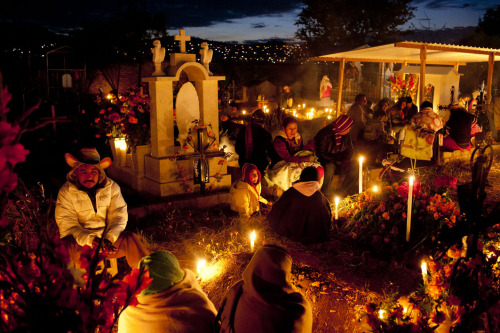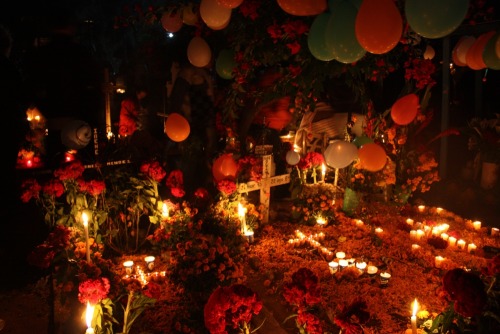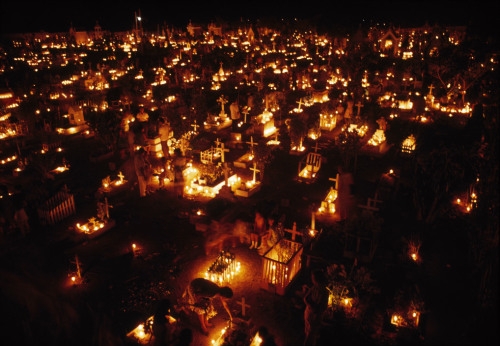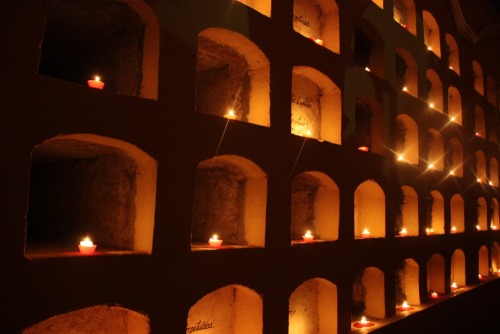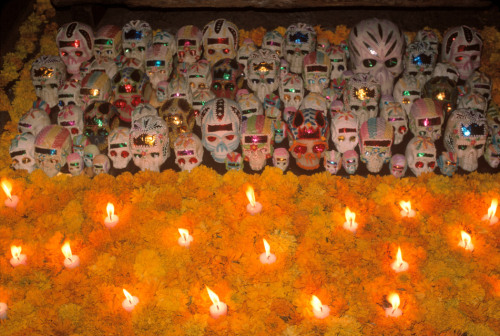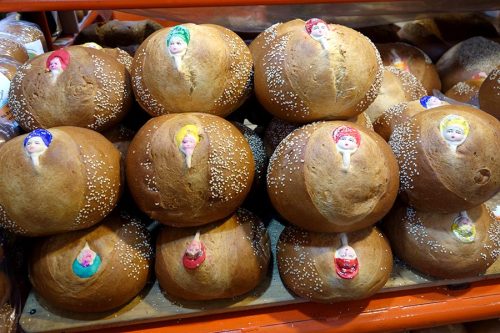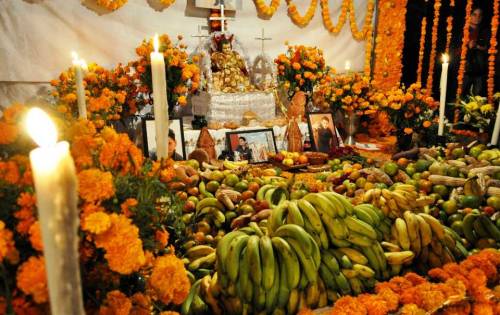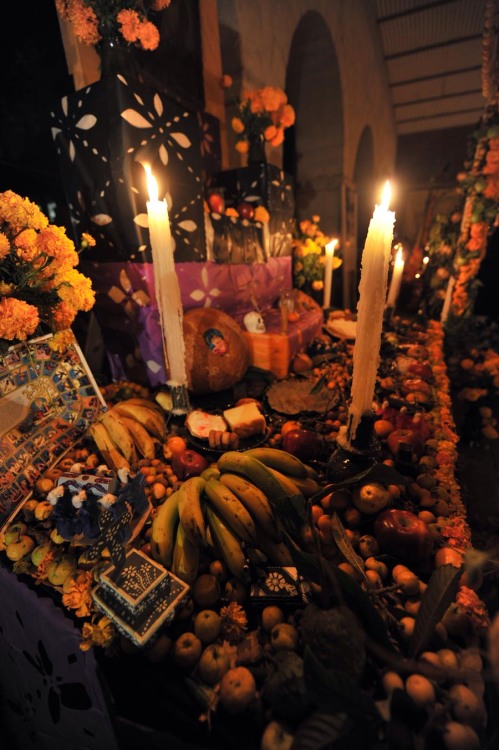Dia de los Muertos—Day of the Dead, —is a holiday that spans November 1 and 2nd.Don’t confuse Dia de
Dia de los Muertos—Day of the Dead, —is a holiday that spans November 1 and 2nd.Don’t confuse Dia de los Muertos with Halloween. With roots in indigenous Aztec rituals, Dia de los Muertos starts on the first of November (corresponding with All Saints Day, when the boundary between the worlds of the living and the dead is believed to be thinnest). But the holiday has nothing to do with scares or hauntings—it’s a joyful statement of death acceptance and a moment to honor loved ones who have died. “You’re celebrating that person like you would a birthday, with all the things they loved most”. Families make altars called ofrendas (offerings) decorated with marigolds, ornate sugar skulls, photos, and the deceased’s favorite possessions. Gifts are brought to loved ones’ graves, where everyone has a little party—playing Grandma’s favorite music, sipping her favorite coffee, telling stories, and sharing laughs.via nationalgographic” Although marked throughout Latin America, Dia de los Muertos is most strongly associated with Mexico, where the tradition originated.Assured that the dead would be insulted by mourning or sadness, Dia de los Muertos celebrates the lives of the deceased with food, drink, parties, and activities the dead enjoyed in life. Dia de los Muertos recognizes death as a natural part of the human experience, a continuum with birth, childhood, and growing up to become a contributing member of the community. On Dia de los Muertos, the dead are also a part of the community, awakened from their eternal sleep to share celebrations with their loved ones.The most familiar symbol of Dia de los Muertos may be the calacas and calaveras (skeletons and skulls), which appear everywhere during the holiday: in candied sweets, as parade masks, as dolls. Calacas and calaveras are almost always portrayed as enjoying life, often in fancy clothes and entertaining situations. -- source link
#mexico
